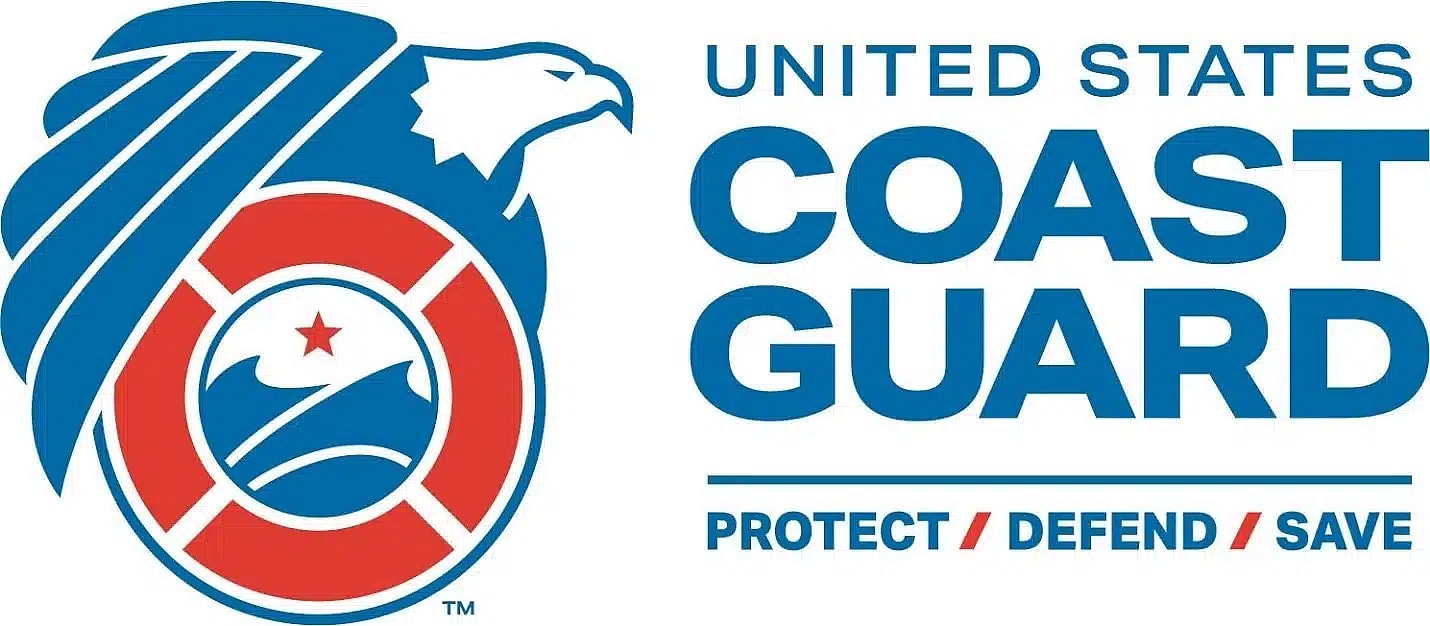Electrical Safety Tips for Construction Site Workers
Construction is one of the most dangerous industries to work in. There are many hazards on a construction site. Many workers are injured or even killed each year by these mostly preventable hazards. Electrocution is one of the most common dangers on a construction site. While the construction site managers should be taking all the necessary steps to prevent as many electrical hazards as possible, the construction workers should take as many personal precautions as possible to further protect themselves. Although there are many safety regulations put in place by the Occupational Safety and Health Administration (OSHA), many times these regulations are not followed entirely correctly, or corners are cut to speed up a construction site’s progress. Even when following all set regulations, construction workers are still at risk of suffering injuries or death due to workplace accidents and hazards. Part of the problem is many workers may be unaware of the exact risks they face every day. Check out these electrical safety tips for construction site workers that cover the most common causes of electrocution on a construction site.
Be cautious when working with or near overhead power lines
Power lines, when powered and energized, have extremely high voltages. Coming into contact with a live power line can cause serious burns and even electrocution. Overhead power lines are a danger most construction site workers are aware of but may not know the extent of the dangers they present to a work site. Even experienced workers and managers can fall victim to electrocution from overhead power lines. Here are some overhead power line safety tips to keep in mind when on a construction site that could help prevent a potential injury or death by electrocution.
Be aware of your surroundings
One of the most important electrical safety tips for construction site workers is to look up. When a worker arrives at a jobsite for the day, the worker should look up and inspect the surroundings. Being aware of the dangers faced can make a large difference in the prevention of accidental injuries. While inspecting the site, the worker should look for any barriers or signs indicating dangers or electrical wiring that may be live. These areas should be avoided at all costs by those not cleared or qualified to work within or pass through them.
Maintain a safe distance
A minimum of a 10-foot distance should be kept between overhead power lines and any equipment on the site. This is true for any overhead line with a voltage of up to 50 kilovolts. If a line has more than 50 kilovolts, for every 10 kilovolts over 50 it has, add four inches to the minimum distance that must be kept. For example, if a line has 80 kilovolts, keep an 11-foot clearance from it.
Take extra precautions
When looking around and surveying a work site, workers should pay close attention to overhead power lines and alert their managers if equipment or other items are being stored underneath them. Workers should also be cautious to avoid the use of metal ladders when working near a power line. Power lines should always be treated as if they are live and hazardous.
If any person or equipment is in contact with an overhead power line, workers should not go near or touch the person or item as this can quickly result in electrocution resulting in injury or death.
Never work with compromised equipment or tools
Damaged tools and equipment can be extremely dangerous and can cause electrical burns and electrocution when operated, turned on, or simply connected to a power source. To prevent injury via damaged equipment and tools, workers should always thoroughly inspect each item before connecting it to a power source, turning it on, or using it. During the inspection, workers should check for any cracks, breaks, or other discrepancies on any cable, wire, cord, or other electrical component of a tool or piece of equipment. If anything is out of the ordinary, the worker shouldn’t attempt to fix the issue; instead, the worker should distance themselves from the compromised equipment or tool and alert a manager so that a properly qualified individual can be located and set out to rectify the issue.
Avoid working in wet or damp conditions
Water and electricity do not mix well. If during a worker’s initial survey of the construction site when arriving for the day, dampness or wetness is detected, a manager should be alerted right away. At this point a formal inspection should take place to determine the safety of the jobsite for the day.
If a jobsite is determined safe, workers should still take extra precaution to protect themselves from potential injury or electrocution. Workers should thoroughly inspect all equipment for any signs of wetness before using them. Workers should also be mindful not to stand in or near water when working with any electrical equipment.
Be wary of improper grounding
Improper grounding is one of the most dangerous electrical hazards that can be present on a construction site. If workers believe an electrical wire is properly grounded, they may begin to treat it as such. If the wire is not properly grounded but workers believe it is, they may take risks they otherwise would not, which can lead to serious injuries and death.
Proper grounding is meant to eliminate unwanted voltage, which reduces the risk of electrocution. Improper grounding creates a false sense of safety and security for workers.
Workers should check the grounding work and bring any concerns regarding the validity of the grounding to their managers so the wires’ grounding can be checked by experts and fixed if necessary.
As a worker, the best safety tip for avoiding injury or death due to improper grounding is to treat every wire as a live wire, even if the wire is supposedly grounded. Erring on the side of caution is always the best practice in the construction industry and any other dangerous industry.
Overall, the safety of a construction site and the workers on it are the responsibility of the management and the company, but workers should still take all the necessary extra precautions to protect themselves and their coworkers. Regular inspections and protective device coordination analysis can help identify and prevent electrical injuries and deaths on construction sites and should be conducted on all sites.













































